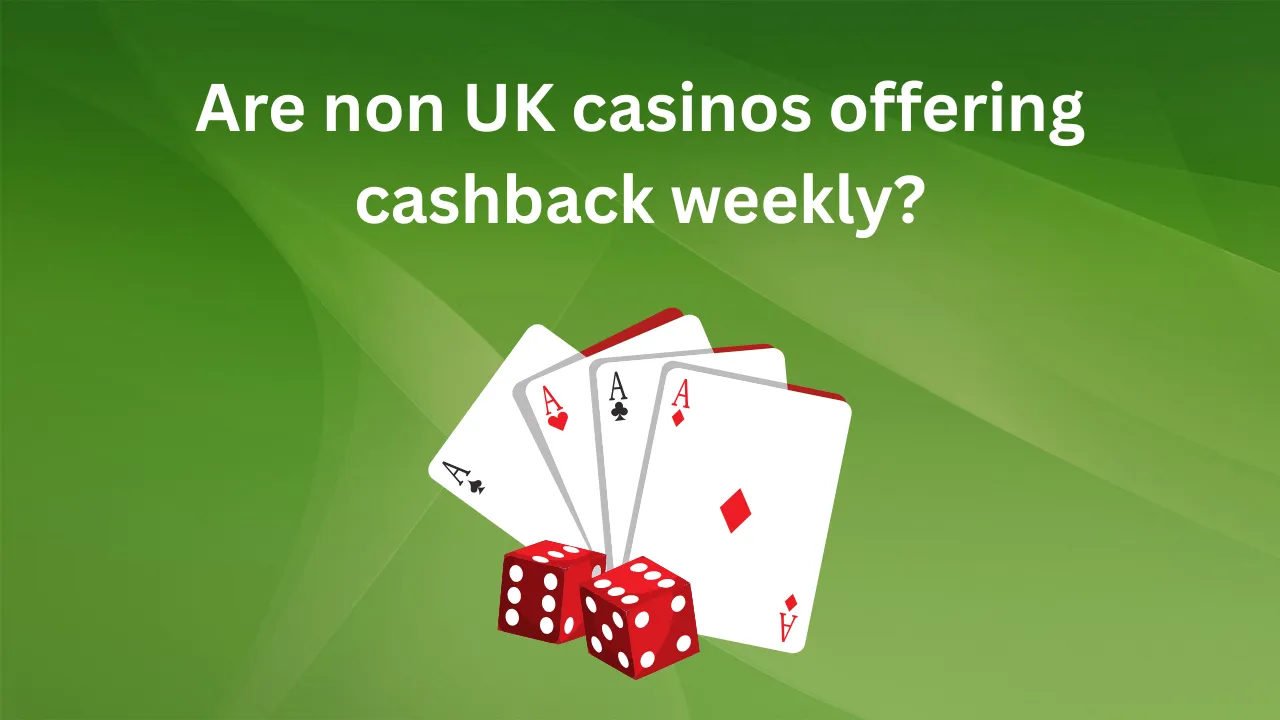Walk into any casino, and one of the first things you’ll notice isn’t just the flashing lights — it’s the sound. The clinking of coins, the celebratory jingles, the rising tones of a jackpot, and even the subtle background music are all carefully engineered. Slot machines, both physical and digital, rely heavily on audio cues to create atmosphere, excitement, and emotional engagement. But can sound design alone make slots more addictive?
The answer isn’t simple. Sound design does play a powerful role in how players perceive wins and losses, yet it works hand in hand with visuals, gameplay mechanics, and reward structures. To understand the psychology, we need to look at how the brain processes sound, how it interacts with reward systems, and why casinos invest heavily in audio engineering for slots.
The Psychology of Sound in Gambling
Sound has always been one of the most direct ways to trigger emotions. A triumphant melody can create a rush of excitement, while subtle background loops keep players engaged for longer periods. Slot designers know this well.
Studies have shown that even small wins, when paired with celebratory sounds, are remembered more positively than the actual monetary outcome. In many cases, players recall a session as more rewarding than it really was, because the sound effects convinced their brains to “celebrate” frequently. This is known as the “losses disguised as wins” effect — when players win less money than they wagered but are still rewarded with the same fanfare as a jackpot.
This audio reinforcement is powerful enough to shape behavior. While visuals grab attention, it’s the sound that cements the emotional memory, encouraging players to spin again.
The Role of Sound in Online Slots
When slots moved from physical machines to online platforms, developers knew sound would be critical to replicating the casino experience. Without the clatter of coins or the ambient noise of a gaming hall, online slot designers leaned heavily on sound design to create immersion.
The results speak for themselves. Online slots now feature elaborate soundtracks, layered sound effects, and even dynamic music that changes depending on game progress. These immersive elements make the player feel like part of a living, breathing environment, rather than just pressing a button on a screen.
Interestingly, the rise of online platforms didn’t only change slots — it influenced other gambling products as well. Players who explore different experiences, such as uk poker sites, notice that while poker relies more on skill and strategy, sound design is still present. Audio cues in online poker, like chip sounds or win notifications, provide feedback loops that mirror the emotional triggers seen in slots, though in a subtler way.
Why Sound Works Hand in Hand with Rewards
Sound alone might not be enough to make slots addictive, but combined with the game’s reward structures, it becomes incredibly effective. The human brain responds strongly to unpredictable rewards — a concept known as “variable ratio reinforcement.” This is the same principle behind why people check their phones obsessively for notifications.
Slots are built on this system. Players never know when a win will occur, and sound intensifies the anticipation. Rising tones before reels stop mimic the building tension of a suspenseful movie soundtrack. When the reels land on a winning combination, the audio climax delivers a dopamine hit, cementing the behavior loop.
Without sound, the experience would feel incomplete, even hollow. Wins would feel less exciting, and losses would feel more final. Sound provides the cushion that keeps players coming back.
How Sound Extends Playing Sessions
One fascinating aspect of slot sound design is how it influences time perception. Players often report losing track of time during long slot sessions, and audio plays a large role in this. The continuous background music, seamless transition between spins, and celebratory sound effects prevent players from mentally “checking out.”
In fact, casinos often avoid using silence altogether. The absence of sound can break immersion, remind the player of reality, and encourage them to stop. By maintaining a constant soundscape, designers extend sessions, increase engagement, and maximize profitability.
Responsible Gaming Concerns
While sound enhances entertainment, it also raises questions about responsible gambling. Regulators in some jurisdictions are beginning to scrutinize how sound influences player behavior. For instance, certain rules require that audio cues accurately reflect the size of a win. This prevents “losses disguised as wins” from misleading players into thinking they’re ahead when they’re actually losing.
Developers are also encouraged to include responsible gaming features, such as reminders or customizable sound settings, to help players manage their sessions more consciously. The balance between entertainment and exploitation remains a fine line, and sound sits at the heart of that debate.
Sound Versus Visuals: Which Matters More?
Some might argue that visuals are the dominant force in slot addiction — after all, the bright lights and colorful animations are hard to ignore. But when you remove sound from the equation, the experience changes dramatically. A silent slot feels flat, even mechanical. Wins lack the same thrill, and the emotional engagement drops significantly.
In contrast, a well-designed audio system can make even basic visuals feel exciting. That’s why developers spend heavily on professional sound designers, composers, and audio engineers. In many cases, the sound is tested just as rigorously as the math models and graphics.
Can Sound Alone Create Addiction?
The short answer is no — sound alone cannot make slots addictive. However, it is a crucial ingredient in a complex recipe that includes visual design, reward schedules, accessibility, and player psychology. Without sound, slots would lose much of their appeal. With sound, they become immersive, engaging, and memorable.
What makes sound so effective is its ability to bypass rational thought and tap directly into emotion. You might not remember the exact odds of a slot, but you’ll remember the jingle that played when you won a bonus round. That memory nudges you to return, hoping to hear it again.
The Future of Sound in Gaming
As technology evolves, so too does sound design in slots. Developers are experimenting with 3D audio, personalized soundtracks, and even AI-driven music that adapts to player behavior. Imagine a slot machine where the soundtrack builds tension based on your playing style, or where audio cues change depending on how long you’ve been spinning.
Virtual reality (VR) slots are also on the horizon, and sound will be even more critical in creating immersive, believable environments. The more realistic the audio, the stronger the emotional pull, and the harder it becomes to separate entertainment from compulsion.
Conclusion
Sound design may not singlehandedly create addiction, but it is undeniably one of the most powerful tools in a slot designer’s arsenal. By shaping emotions, influencing time perception, and amplifying the thrill of unpredictable rewards, sound keeps players engaged far longer than they might expect.
For casinos and developers, this means higher profitability. For players, it means greater immersion but also increased risk if boundaries aren’t set. Responsible gaming initiatives are crucial to ensure that sound remains a tool for entertainment, not manipulation.
So the next time you spin the reels, pay attention to what you hear. Chances are, the soundtrack is working harder than you realize to keep you in the game.



